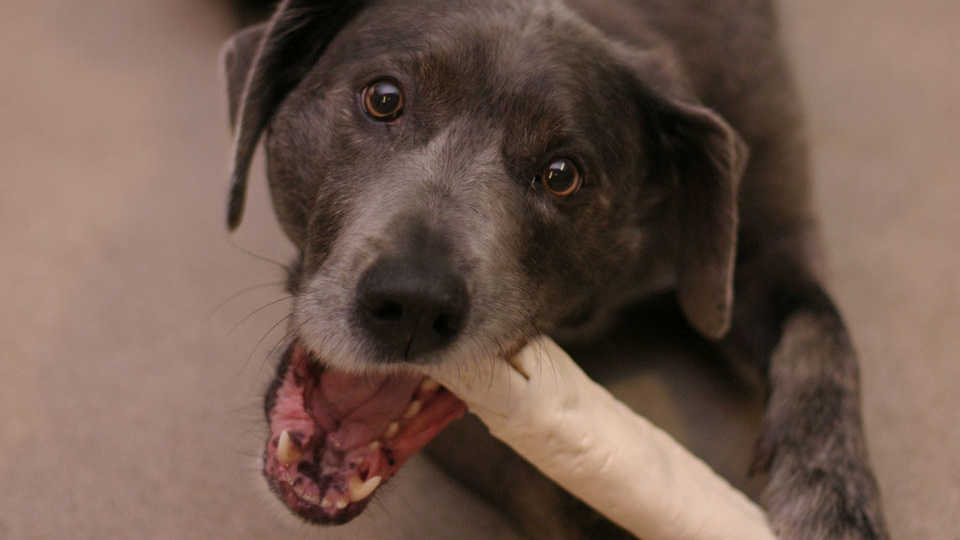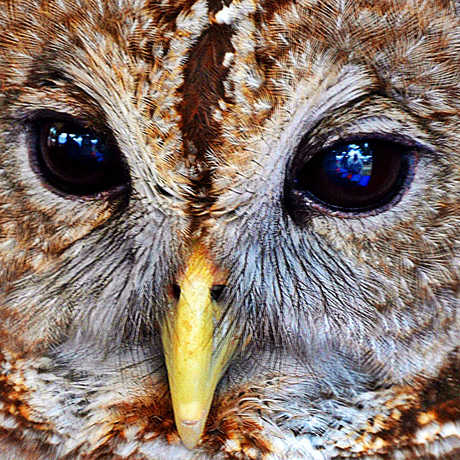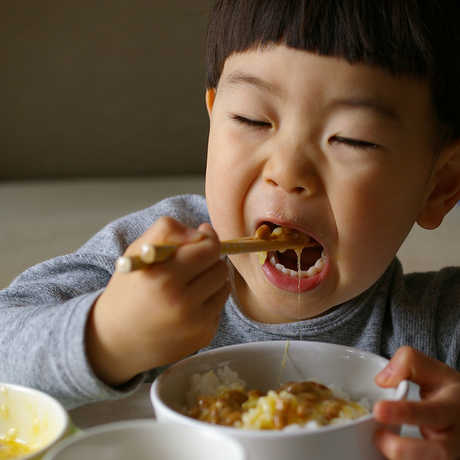
© Shane Adams
We use our teeth in many different ways. In this yummy activity, students will discover which teeth they use to eat different types of food.
Students will be able to:
- describe the structure of human incisors, canines, and molars.
- explain the function of incisors, canines, and molars when eating different types of food.
- “Chew, Bite, and Chomp” worksheet (1 per student
- carrots, celery, or apples
- popcorn, pretzels, or nuts
- dried fruit, jerky, or dry baguette
Please be mindful of students’ food allergies. The food types listed here are only suggestions; other foods can be used to make the same points.
- Purchase 3 different types of food. One should be something typically chewed with incisors (celery, carrots, or apples), one should be chewed with canines (dried fruit, jerky, or dry baguette), and one should be chewed with molars (popcorn, pretzels, or nuts).
- Make copies of the “Chew, Bite, and Chomp” worksheet, one for each student.
- Before you teach the lesson, prepare 1 plate of food for each student. Each plate should have the 3 different types of food.
- Review the names of each type of tooth (incisors, canines, and molars) and where they can be found in the mouth.
- Tell students that different teeth are used to do different things with food. We do these things automatically and don’t normally need to think about what is going on while we chew our food. During this activity, students will pay close attention and discover how they use their teeth to eat different types of food.
Part 1: Eating Food
- Pass out a copy of the worksheet to each student.
- Give instructions for how students should eat the food and record their results on their worksheet. You may have the whole class try each food together, discuss as you go, and fill out the worksheet as a class. Another possibility is to have each student sample the 3 foods at their own pace, record their individual results, and have a wrap up discussion.
- Pass out a plate of the 3 different types of food to each student.
- Tell students to eat the food as naturally as possible, but to pay close attention to which teeth they use.
- Have students record which teeth they use to eat each type of food.
Part 2: Discussion
- While students are eating and filling out their worksheets, draw this Results table on the board for the discussion.
- Use this table to facilitate the group discussion. You can have students share their results by coming up to the board and putting tally marks for the tooth they used to each food type.
- After reviewing the Results table, try to reach a class consensus on what each tooth type is used for. Generally, incisors are used to bite into the carrots, apples or celery; canines are used to tear the dried fruit, jerky, or bread, and molars are used to grind the nuts. However, there will be some variation among students. For example, students who have lost certain teeth may use other teeth to perform the functions of those that are missing. Students who have braces or retainers may adapt their chewing patterns to compensate.
- Ask students to think about why they used different teeth to each different types of food. How does the shape of the tooth determine its’ function?
- Ask students to make predictions about what other types of food they might use their incisors, canines, or molars for. Have students compare their ideas with one another. Students can even report back the following day on what teeth they used to eat dinner and breakfast.
incisors: the front-most teeth in the jaw
canines: the long pointed teeth in front of the jaws used for piercing and tearing
molars: the back-most teeth in the jaw
Incisors, canines, and molars each have a different shape and structure. Structure and function are closely linked, and the different shaped teeth have different functional roles.
The incisors, with their sharp, blade-like edges, are typically used for cutting and slicing. Pointed canines are good for piercing and tearing. Human’s flat molars are used for crushing and grinding tough material.
In this activity, students will discover which teeth they use to eat different types of food. The incisors are typically used for cutting into the carrots, celery, or apples. The canines are used to tear into the dried fruit or baguette. The molars are usually used to crush and chew the popcorn, pretzels, or nuts.
Please be mindful of students’ food allergies. The food types listed here are only suggestions; other foods can be used to make the same points.
The items listed below indicate how the activities support the three dimensions of the Next Generation Science Standards:
- Science and Engineering Practices
- Constructing Explanations
- K-2: Make observations (first-hand or from media) to construct an evidence-based account for natural phenomena
- 3-5: Construct an explanation of observed relationships.
- Constructing Explanations
- Disciplinary Core Ideas
- 1-LS1.A: Structure and Function All organisms have external parts. Different animals use their body parts in different ways to see, hear, grasp objects, protect themselves, move from place to place, and seek, find, and take in food, water and air. Plants also have different parts (roots, stems, leaves, flowers, fruits) that help them survive and grow.
- 4-LS1.A: Structure and Function Plants and animals have both internal and external structures that serve various functions in growth, survival, behavior, and reproduction.
- Crosscutting Concepts
- Structure and Function
- K-2: Students observe the shape and stability of structures of natural and designed objects are related to their function(s).
- Structure and Function
Remember, performance expectations are not a set of instructional or assessment tasks. They are statements of what students should be able to do after instruction. This activity or unit is just one of many that could help prepare your students to perform the following hypothetical tasks that demonstrate their understanding:
4-LS1-1: Construct an argument that plants and animals have internal and external structures that function to support survival, growth, behavior, and reproduction. [Clarification Statement: Examples of structures could include thorns, stems, roots, colored petals, heart, stomach, lung, brain, and skin.] [Assessment Boundary: Assessment is limited to macroscopic structures within plant and animal systems.]

